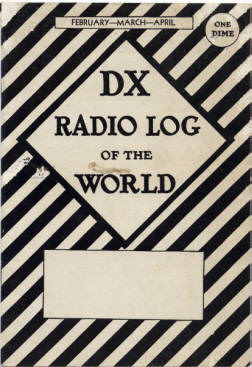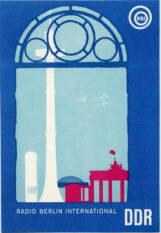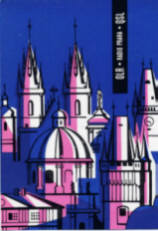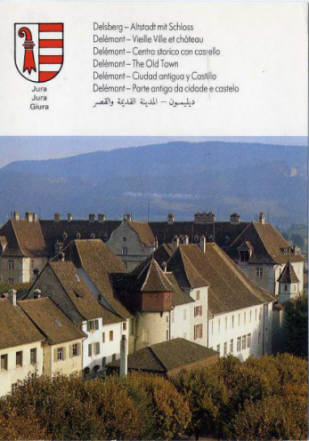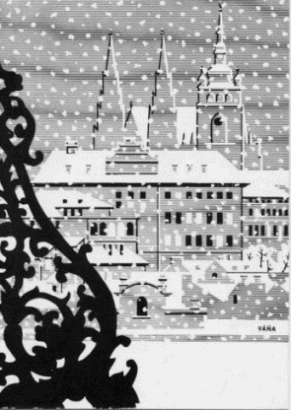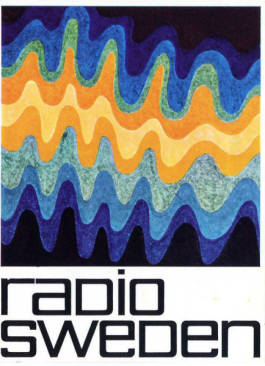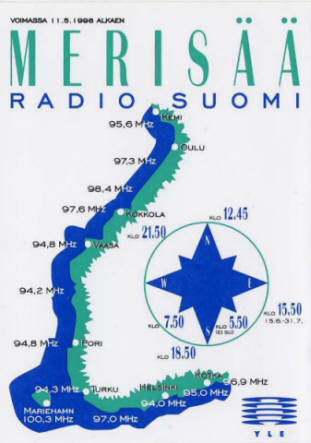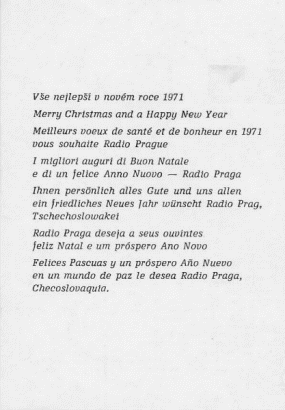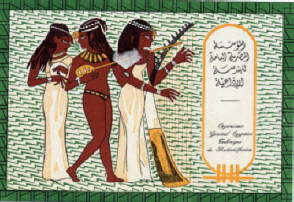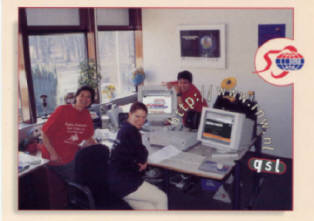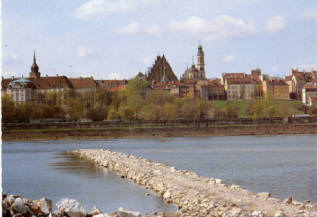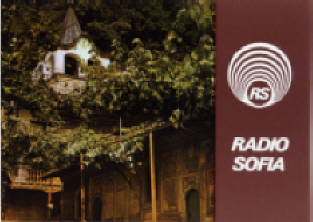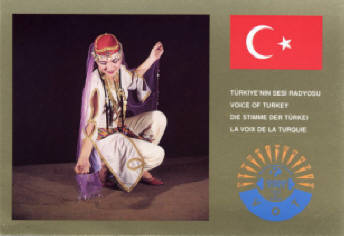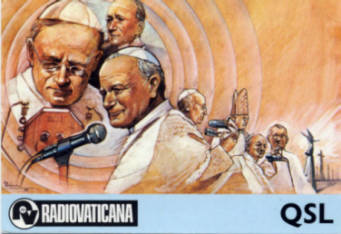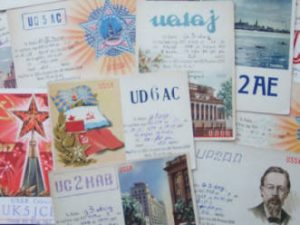
Since radio began, broadcast stations and radio amateurs have been interested in knowing how far, and well, their transmissions can be heard. Radio amateurs would provide reception reports over the air, but listeners to broadcast stations could not do that. So, the concept of written, or printed listener reports and QSL cards developed.
The term QSL card comes from the Q codes that are used throughout radio communication and radio broadcasting. QSL stands for “Do you confirm receipt of my transmission?” or “I confirm receipt of your transmission”, depending on whether QSL is sent in question or statement form.
Listener reports and QSL cards confirm either a two-way radio communication between two amateur radio stations or the one-way reception of an AM, FM or shortwave broadcasting station, or a television station. They can also confirm the reception of a two-way radio communication by a third party listener (or SWL). QSL cards are usually postcard size and pre-printed onto which details of the station heard are written.
Women radio amateurs are quite rare, and so too are their QSL cards. On a subsequent page are some of their cards that I have in my collection as well as examples of vintage QSL cards, and cards that are ‘just interesting’ taken from my collection.
According to Wikipedia, ‘The earliest reference seems to be a card sent in 1916 from 8VX in Buffalo, New York to 3TQ in Philadelphia, Pennsylvania . The standardized card with callsign, frequency, date, etc. may have been developed in 1919 by C.D. Hoffman, 8UX, in Akron, Ohio . In Europe, W.E.F. “Bill” Corsham, 2UV, first used a QSL when operating from Harlesden, England in 1922’.
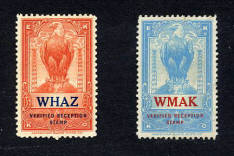
In America, the EKKO Company of Chicago, Illinois developed the advertising concept of radio verification stamps. Their idea was to sell to the emerging radio broadcasting industry a marketing tool – an EKKO stamp – to help promote public interest in specific radio stations. The listener would send a letter or a special card to the broadcast station indicating the date, time and frequency on which they heard the station. They would also include information about the programme they heard. The broadcast station would check their transmission logs and if the information was correct would send the listener a ‘Verified Reception Stamp’, also known as EKKO stamps. Each American radio station had its own callsign, which was printed onto the Verified Reception Stamp.
As the number of stations transmitting on the shortwave bands increased so interest in listening to them also grew. To help listeners find stations around the world, pamphlets and books were published that listed the name of the station and times and frequencies where they could be found.
Below is an example of a ‘DX-chasers’ (DX meaning ‘long distance’) pamphlet. This lists all the radio stations known at the time by callsign, frequency and location. While many are American stations (it is an Amercian publication) it also lists stations in England, Europe, Australia and Asia.
Below are a selection of more recent QSL cards from shortwave broadcast stations. These date from the 1960’s and 1970’s, and late 1990’s.

